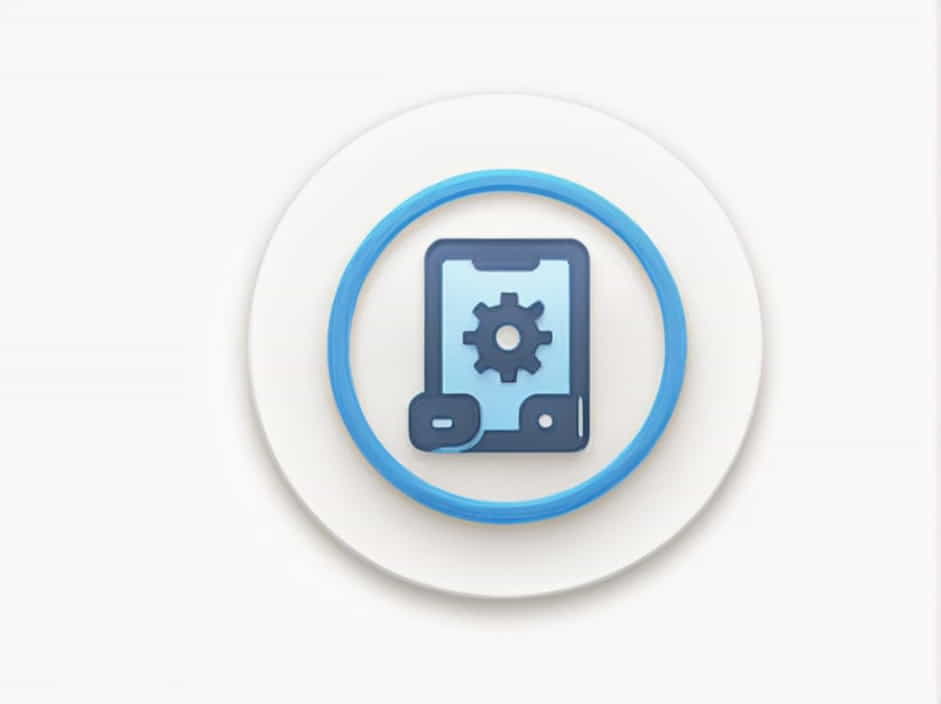Prepaid expenses are payments made in advance for goods or services that will be received or used in the future. These expenses are recorded as assets on the balance sheet because they represent future economic benefits for the company. Over time, as the benefit is consumed, the prepaid expense is gradually recognized as an expense in the income statement.
Common examples of prepaid expenses include:
- Rent paid in advance
- Insurance premiums paid before coverage begins
- Software subscriptions paid for a full year upfront
- Utility deposits made to service providers
- Retainers for professional services, such as legal or consulting fees
Since these payments are made before the services are fully utilized, they cannot be immediately recorded as an expense. Instead, they are classified as an asset until the benefit is realized.
Where Do Prepaid Expenses Appear on the Balance Sheet?
1. Classification Under Current Assets
Prepaid expenses are listed under current assets on the balance sheet. This is because they usually relate to benefits that will be used within one year. They are recorded as an asset because they provide future value to the company.
For example, if a business pays $12,000 in advance for one year of office rent, it initially records this amount as a prepaid rent asset. Each month, $1,000 is transferred from the prepaid rent account to rent expense in the income statement.
2. Treatment in Long-Term Assets (Rare Cases)
While most prepaid expenses are classified under current assets, some may be recorded as long-term assets if they extend beyond one year.
For instance, if a company pays for a five-year insurance policy in advance, only the portion covering the next 12 months will be classified as a current asset. The remaining balance is recorded under non-current assets and gradually moved to expenses over time.
3. Journal Entries for Prepaid Expenses
To better understand how prepaid expenses are recorded, consider the following accounting entry when a company pays for a prepaid expense:
Initial Payment (Recording as an Asset)
Debit: Prepaid Expense (Asset) $12,000
Credit: Cash (Asset) $12,000
This entry increases the prepaid expense account and reduces cash.
Monthly Adjustment (Recognizing Expense)
Debit: Rent Expense $1,000
Credit: Prepaid Expense $1,000
Each month, part of the prepaid expense is recognized as an actual expense in the income statement.
Why Are Prepaid Expenses Important?
1. Accurate Financial Reporting
Recording prepaid expenses correctly ensures that expenses are matched to the periods they relate to. This aligns with the accrual accounting principle, preventing overstatement or understatement of profits.
2. Improved Cash Flow Management
Tracking prepaid expenses helps businesses manage cash flow effectively. By knowing which expenses have already been paid, companies can better plan for upcoming financial obligations.
3. Tax and Compliance Considerations
Some prepaid expenses may have tax implications, depending on accounting and tax regulations. Businesses must ensure proper recording and documentation to comply with financial reporting standards.
Examples of Prepaid Expenses in Different Industries
1. Real Estate and Property Management
Real estate companies often prepay rent, property insurance, and maintenance fees to secure long-term benefits.
2. Manufacturing and Retail
Businesses in manufacturing and retail may prepay for bulk raw materials or inventory storage to lock in lower prices.
3. Service-Based Businesses
Law firms, consulting agencies, and healthcare providers frequently prepay for professional services, software subscriptions, and office leases.
Prepaid expenses appear on the balance sheet under current assets, as they represent payments made in advance for future benefits. In rare cases, they may be classified as long-term assets if the benefit extends beyond one year.
Proper accounting for prepaid expenses ensures accurate financial reporting, improves cash flow management, and helps businesses comply with tax and regulatory requirements. By understanding where and how to record prepaid expenses, companies can maintain financial transparency and make informed business decisions.
